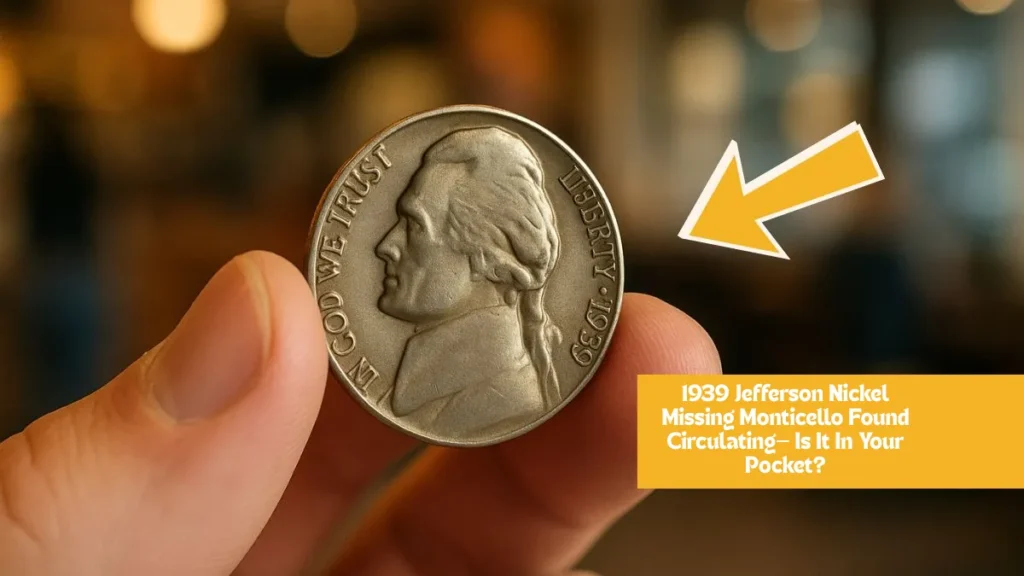It may seem unbelievable that a humble penny, often overlooked and discarded without a second thought, could fetch a staggering $305,000 at auction. Yet, this is exactly what happened with a rare Lincoln Wheat Penny, proving that these tiny coins hold a treasure trove of history and value for savvy collectors. Could you be unknowingly holding one of these rare pennies in your pocket or hiding in your coin jar?
Let’s explore what makes certain Lincoln Wheat Pennies so valuable, the story behind the $305,000 sale, and how to identify a potential rare penny in your own change.
The Lincoln Wheat Penny: A Brief Overview
The Lincoln Wheat Penny, minted from 1909 to 1958, was the first U.S. penny to feature President Abraham Lincoln on the obverse. The reverse shows two stalks of wheat, symbolizing America’s agricultural heritage. While most of these pennies are common and worth only their face value, a few key varieties and errors can be worth thousands, even hundreds of thousands of dollars.
What Made This Penny Sell for $305,000?
The penny that sold for $305,000 was rare due to one or more of the following factors:
- Date and Mint Mark: Some years and mint marks had very low production numbers, making coins from those years rare.
- Minting Errors: Coins with unique errors, such as double dies, wrong metal composition, or mis-strikes, often become highly sought-after.
- Condition: The coin was likely in mint state condition (uncirculated), which greatly increases its value.
- Historical Significance: Coins from key years like 1909 (the first year the penny was minted) or 1943 (when pennies were made of steel due to copper shortages) carry extra collector interest.
The most valuable Lincoln Wheat Pennies tend to be rare varieties like the 1909-S VDB, the 1943 bronze penny, or certain double-die error pennies.
Could You Have a Valuable Lincoln Wheat Penny?
While rare pennies worth hundreds of thousands are incredibly uncommon, it’s not impossible for someone to stumble upon one in circulation or in a collection passed down through generations.
Here’s how to check your pennies:
| What to Look For | Details |
|---|---|
| Date and Mint Mark | Look for key dates: 1909-S, 1914-D, 1943 bronze, 1955 double die |
| Color and Weight | A 1943 penny should be steel (silver color); bronze ones from that year are rare errors. Steel pennies stick to a magnet; bronze pennies do not. |
| Condition | Sharp, clear details and minimal wear increase value |
| Errors and Doubling | Look closely for doubled dates or lettering |
What To Do If You Find a Rare Penny
If you suspect you’ve found a rare Lincoln Wheat Penny worth thousands or more:
- Don’t clean or polish the coin — cleaning can drastically reduce its value.
- Handle with care — hold coins by their edges and avoid touching faces.
- Have it authenticated and graded by a reputable professional grading service like PCGS or NGC.
- Consider selling at auction if authenticated, as rare coins often fetch top dollar from serious collectors.
Final Thoughts
The story of a Lincoln Wheat Penny selling for $305,000 highlights the thrilling possibility that even the smallest, most common coins might conceal hidden fortunes. Whether you’re a casual coin enthusiast or just someone who likes to save pennies, it’s worth giving your coins a closer look. That old penny in your pocket could be worth much more than its face value — maybe even hundreds of thousands of dollars.
So next time you reach for change, keep an eye out—you might just have a treasure hiding right under your nose.
